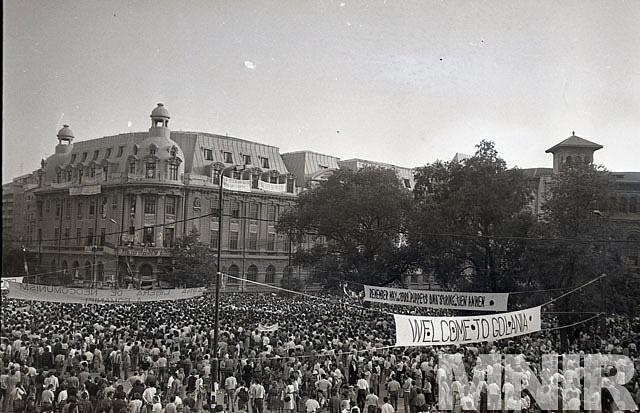Exclusive
This year, Romania will celebrate 30 years since the 1989 Revolution, which marked the fall of the Communist regime led by dictator Nicolae Ceausescu, and the country's turn to democracy. This article series by Romania-Insider.com is a year-by-year look into the major events that have shaped today's Romania.
The year 1990 was year 0 of democracy in Romania, a year of social unrest and political battles, whose results shaped the country’s evolution for the years to come. The first year of freedom was also the year when social and political divides appeared, some of which are also visible today in Romania’s society.
The year’s milestones were the first free elections, held in May, and the violent crackdown of the protests in Universitatii Square, in June. 1990 was also the year when Romania made the first steps from a state-controlled and planned economy to a market economy. The new government came with a plan to privatize state companies, the first private firms appeared and state control on the prices of some goods was removed. However, the economic reforms met a lot of resistance even from within the ruling party and economic developments were chaotic during the first few years after the Revolution. The consequences of the poor economic start are still visible today when Romania lags behind other countries in Eastern Europe that also started their transition in the same period, notably Poland.
Romanians discovered consumption after years of shortages and imports soared, a cultural revolution also started, hundreds of newspapers and dozens of radio stations appeared almost overnight. Western literature, music, and movies entered the Romanians’ lives. On top of everything, the good performance of the national football team at the World Cup in Italy brought Romanians a sense of pride that some had lost during communism.
How democracy (re)started in Romania
After the massive protests in Bucharest on December 21 and 22, which led to the fall of Communist dictator Nicolae Ceausescu, a structure called the National Salvation Front (FSN) quickly took control of the main state institutions. The structure was led by Ion Iliescu, a former member of the Romanian Communist Party-PCR’s leadership who had fallen out of Ceausescu’s grace in the early ‘80s and included many second-tier PCR members.
The National Salvation Front Council (CFSN) was established as the de-facto government, led by Petre Roman. CFSN also included several intellectuals and former dissidents of the communist regime, such as Ion Caramitru, Mircea Dinescu, Ana Blandiana, Octavian Paler, and others.
Continue Reading on Romania Insider
This preview shows approximately 15% of the article. Read the full story on the publisher's website to support quality journalism.
